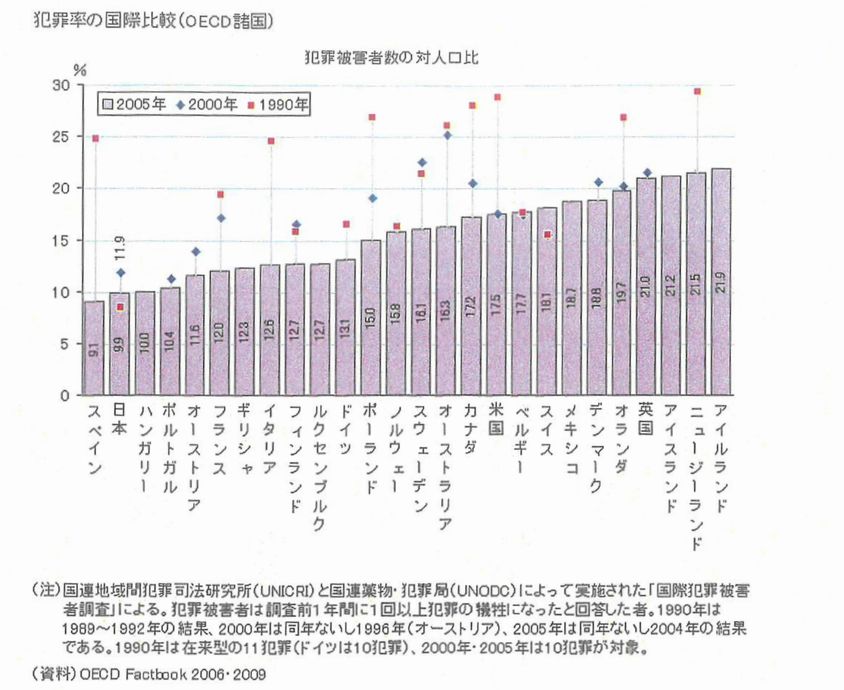Compassion and Emptiness in Early Buddhist Meditation Paperback – 27 July 2015
by Analayo (Author)
4.8 out of 5 stars 27 ratings
Kindle
$15.60
Paperback
$29.18
Analayo outlines how to meditate on emptiness, according to early Buddhism. His presentation is geared to practical concerns, plus an appendix giving a translation of the key discourses from the Pali and Chinese. This brings out an aspect of early Buddhism so far fairly neglected, providing a perspective on emptiness as a form of meditation.

Paperback : 232 pages
Publisher : Windhorse Publications (27 July 2015)
Language: : English
Customer Reviews: 4.8 out of 5 stars 27 ratings
Product description
Review
"This book is the result of rigorous textual scholarship that can be valued not only by the academic community, but also by Buddhist practitioners. This book serves as an important bridge between those who wish to learn about Buddhist thought and practice and those who wish to learn from it.... As a monk engaging himself in Buddhist meditation as well as a professor applying a historical-critical methodology, Bhikkhu Analayo is well positioned to bridge these two communities who both seek to deepen their understanding of these texts."
17th Karmapa Ogyen Trinley Dorje
"Arising from the author's long-term, dedicated practice and study, this book provides a window into the depth and beauty of the Buddha's liberating teachings. Serious meditation students will benefit tremendously from the clarity of understanding that Venerable Analayo's efforts have achieved."
Sharon Salzberg, Co-Founder of the Insight Meditation Society and Author of Real Happiness.
"In this study, Venerable Analayo brings a meticulous textual analysis of Pali texts, the Chinese Agamas and related material from Sanskrit and Tibetan to the foundational topics of compassion and emptiness. While his analysis is grounded in a scholarly approach, he has written this study as a helpful guide for meditation practice."
Jetsunma Tenzin Palmo
About the Author
Bhikkhu Analayo completed a PhD on the Satipatthanasutta at the University of Peradeniya, Sri Lanka in 2000, published in 2003 by Windhorse Publications under the title Satipatthana: The Direct Path to Realization. He has also written a habilitation research through a comparative study of the Majjhimanikaya in the light of its Chinese, Sanskrit, and Tibetan parallels at the University of Marburg in 2007, published 2011. He published Perspectives on Satipatthana in 2014, by Windhorse Publications.
At present Analayo is a professor of Buddhist Studies at the Sri Lanka International Academy in Pallekele. He teaches at the Center for Buddhist Studies of the University of Hamburg and researches at the Dharma Drum Buddhist College in Taiwan. His main research area is early Buddhism and in particular the topics "Chinese Agamas," "Meditation," and "Women in Buddhism." Besides his academic pursuits, he spends about half of his time in meditation under retreat conditions and regularly teaches meditation courses in Asia and the West.
---
4.6 out of 5 stars 38
Paperback
$25.13
Only 1 left in stock (more on the way).Only 1 left in stock (more on…
Emptiness: A Practical Guide for Meditators
Emptiness: A Practical Guide for Meditators
Guy Armstrong
4.6 out of 5 stars 55
-
Analayo
4.8 out of 5 stars 26
Paperback
$39.35
Usually dispatched within 4 to 5 days.Usually dispatched within 4 t…
Next
Customer reviews
4.8 out of 5 stars
4
Top review from Australia
Kindle Customer
5.0 out of 5 stars Excellent
Reviewed in Australia on 12 October 2017
A very clear explanation of how to practise compassion. Useful instructions and concise historical references supertankers encourage you to develop compassion
--
Top reviews from other countries
M. A. Ratcliffe
5.0 out of 5 stars Read, Reflect, Repeat.
Reviewed in the United Kingdom on 26 April 2017
Verified Purchase
Another useful book by Analayo. Definitely one that warrants multiple re-readings. I especially like the first half of the book that soberly breaks down compassion from the point of view of early Buddhism, and shows how important the other Brahma viharas are in the cultivation of genuine compassion in the Buddhist sense of the word.
Analayo manages to show how the Brahma viharas relate to the progression through the immaterial jhanas as the boundaries created by conceptual thought are brought down and positive emotion is made boundless.
Previously I did not connect with teachings on Brahma viharas and had emitted them from practice to a large extent, but this book has really helped me to begin to acknowledge the fundamental necessity of positive emotion in Buddhist practice. Friendliness, compassion and joy are indespensible in unifying experience; promoting focus and keeping the practitioner from becoming overwhelmed when dealing with hindrances and distractions.
I'm sure this book, along with Analayos others, will help many more practitioners to overcome doubts and misunderstandings that they might have in relation to classical Buddhism.
Analayos writing is such a blessing to anyone who cares to know.
Read less
One person found this helpful
--
William Neville
5.0 out of 5 stars Fantastic book by a practitioner/ academic
Reviewed in the United Kingdom on 21 June 2019
Verified Purchase
Just so clear and well researched. Insightful, inspiring and thought provoking
--
Amazon Customer
5.0 out of 5 stars Excellent
Reviewed in the United Kingdom on 25 June 2018
Verified Purchase
Another sublime elucidation by the Ven. Analayo. His explanations, and skill at ‘leading the readers on’ is invaluable and the Practice section at the end felt like a guided meditation through the stages of emptiness.
--
Carole Melkonian
5.0 out of 5 stars Excellent guide for using the Buddhist teachings on the Brahmaviharas and emptiness to realize awakening
Reviewed in Canada on 5 February 2016
Verified Purchase
An excellent historical summary and practical guide to early Buddhist texts on compassion and emptiness substantiated from a number of Buddhist traditions.
2 people found this helpful
--
Khosrow Aramech
5.0 out of 5 stars Five Stars
Reviewed in the United Kingdom on 29 April 2016
Verified Purchase
Explains emptiness in a beautiful way.
2 people found this helpful
--












































































































